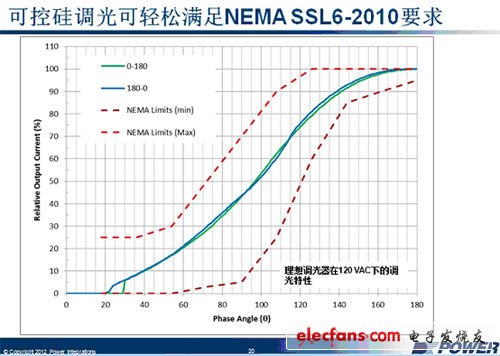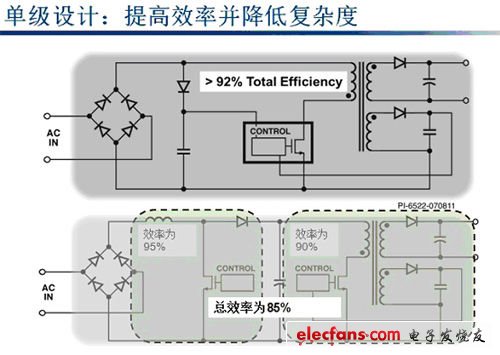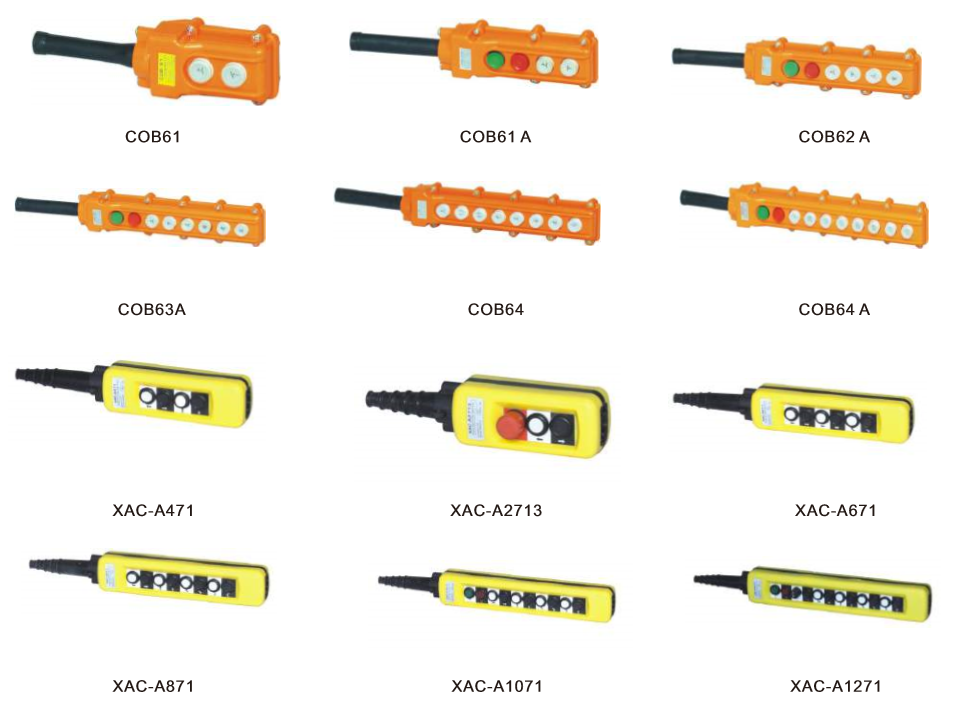2012 is about to pass, and this year has been mixed for the LED industry. Although many countries, including China, have begun to ban the sale of incandescent lamps, the sales of LED lamps have not erupted as scheduled, but a chain storm of many lamp manufacturers has collapsed. However, there are also manufacturers who smiled and made a lot of money. Overall, this year the LED market is a year of normal adjustment. For the 2013 LED lighting market, with the replacement of 40-watt (W) incandescent lamps, LED bulbs have the lowest retail The price has reached the sweet spot of $ 10, and the industry is optimistic that the overall LED lighting market will warm up next year. Therefore, what the industry needs to do now is to do a good job of technical reserves and program selection, and only invest fully when the market breaks out. Here, we will discuss the four trends of LED lighting solutions in 2013 with the latest products released by several mainstream LED manufacturers such as Power IntegraTIons. Trend 1: Dimming technology upgrade, is expected to become a bright spot in lighting In LED lighting applications, the challenge of dimming technology is very large, because LED lighting mostly uses current drive mode, and most of the existing dimmers are voltage dimming, so the compatibility challenge is quite large, but this It is also a weapon to distinguish the advantages and disadvantages of the program. In the past LED dimming solutions, common problems include small dimming range, sudden brightening during dimming, flickering when dimming is low, etc., which seriously affects the user experience, but With the introduction of special solutions from PI and other companies, the LED dimming problem is expected to be solved. Based on PI's latest LYTSwitch IC, it can already achieve very excellent dimming performance, and it can easily achieve NEMA even at low conduction angles. The SSL6 standard, in addition, the startup speed of the driver is very fast, usually less than 500 milliseconds, and the startup speed is also very fast even when 10% of the light output is turned on. When turning off, the dimming angle is almost the same, which substantially eliminates the sudden brightening phenomenon. In addition, the dead zone in the thyristor dimming is also eliminated, because the LYTSwitch controller can ensure that the dimmer is dimmed as soon as it starts to work. In this regard, PI claims to have patented circuit technology. From the dimming curve, PI's solution does have obvious advantages. Figure 1: PILYTSwitch controller dimming curve Another challenge of dimming technology is compatibility. There is no solution that can be 100% compatible with dimmers, so it is very good to achieve more than 80% (90%). Now it is announced that it can do this. The proportion is Power IntegraTIons. It seems that PI does a lot of work in dimming. With the gradual popularization of LED lamps, the upgrade of dimming technology can bring users more and better experience, and it will also become a new selling point. You can pay attention to this function when choosing a solution. In supporting the dimming mode, manufacturers generally support thyristor dimming and PWM dimming. Trend two: single-stage circuit architecture gradually takes over the mainstream In the past solutions, in order to obtain better dimming characteristics, many solution providers use a two-stage architecture, namely "PFC (power factor correction) + isolated DC / DC converter" architecture, such a design can effectively reduce the power supply ripple Because some designers think that the single-stage PFC circuit has too much ripple, fearing that it will cause LED life, luminous efficiency and color temperature problems, therefore, more two-stage circuits are used, and now, with high switching frequency single-stage With the introduction of the scheme, the advantages of the single-stage circuit are very obvious, because in terms of efficiency, the two-stage circuit is difficult to compete with the single-stage. Currently, several manufacturers can achieve the efficiency of more than 92% of the single-stage scheme. The two-stage circuit is usually Only about 85% efficiency. Another advantage of the single-stage circuit is that the circuit is simple. As can be seen from the above figure, the PI scheme can achieve 92% efficiency! Therefore, future solutions using single-stage circuits will dominate. This is also the opinion of some industry experts.
Crane Control Station also called Rainproof Pushbutton Switches, is a newly developed products, which is beautiful , strong and light, reliable struction, advanced and big contact capacity; mechanical interlocking , and if necessary, it can achieve interock circuit to assure the more safety and reliable using . The products matched cable jacket and waterproof rubber sealing strip, have a good (IP65 level) performance of dust and rain. So it most suitable for the remote controll in outdoor, rainy and snowy, dusty and damp environment, such as electric hoist, open conveyor blt, building line etc.
Crane Control Station Crane Control Station,Crane Control Push Button Switch,Pendant Control Stations,Wireless Crane Control System Ningbo Bond Industrial Electric Co., Ltd. , https://www.bondelectro.com

